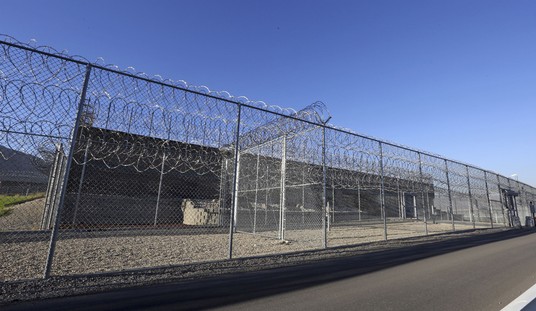My grandmother used to prefer margarine to butter. Whether that was because she thought it was healthier or because she preferred the flavor, we’ll never know. Clearly, though, she hadn’t been paying attention to the federal government. After all, it had been working hard, even decades before she emigrated to the United States, to “protect” her.
As early as 1886, Washington took a hand in what Americans could, and supposedly should, eat. That year lawmakers passed the “Oleomaragerine Act” as a sop to the butter industry. Oleo was subject to a two-cent per pound tax, and anyone who aimed to make or sell the butter substitute was required to obtain a margarine license.
Eventually, 32 states would pass laws preventing margarine makers from coloring their product yellow, and the federal government chipped in with a higher tax on yellow margarine than on the white version.
According to the exhibit “What’s Cooking, Uncle Sam?” at the National Archives, violators were subject to harsh penalties. It “includes the story of felons convicted of violating sections of the Oleomargarine Act and sent to the Federal prison at Leavenworth. Some tried to pass the margarine off as butter; others tried to evade the tax by reusing tax stamps again and again.”
The exhibit is funded, in what may be an ironic twist, “in part by Mars, Inc.” Keep in mind that, “The U.S. government has devotedly jacked up American sugar prices far above world market prices since the close of the War of 1812,” as author James Bovard noted in 1998. Last year, “the price per pound of raw sugar in the U.S. was 78 percent higher than the global price,” the CATO Institute reports.
Oddly, there’s nothing in the exhibit about how federal subsidies and tariffs have driven up the price of sugar, a crucial ingredient in Mars’ candy products, although it does mention sugar beets, which enjoyed some $242 million in federal subsidies through the early-2000s.
Recommended
“What’s Cooking, Uncle Sam?” shows that the government has long been concerned about what Americans eat. W.O Atwater was the U.S. Department of Agriculture's first chief of nutrition investigations. The exhibit says he “concluded in 1890 that Americans eat too much fat and sweets and do not get enough exercise.” Some things, apparently, never change.
Of course, the exhibit makes clear that Washington’s policies have often led to poor eating habits. During World War II the government encouraged children to eat doughnuts (donuts without the “dough” hadn’t been invented yet, apparently) fortified with Vitamin B1. No doubt they’d have tasted even better had they been topped with oleo, but you can’t have everything, I guess.
The display glosses over one of the most destructive federal interventions, the Agricultural Adjustment Act of 1933. At the height of the depression, Washington paid farmers to not grow crops and to slaughter livestock. It’s axiomatic, of course, that you cannot feed people by destroying crops. The government’s moves were aimed at increasing the price of food, although that seems an odd goal at a time when unemployed Americans were starving in the streets. Maybe those who are today advocating for higher natural gas prices could explain.
As the exhibit makes clear, the turning point for federal intervention in our food supply came after Upton Sinclair published his gut wrenching book “The Jungle.” Sinclair showed how the sausage was being made, and Americans were appalled. The Archives’ exhibit contains a long letter from Sinclair to President Theodore Roosevelt calling for federal intervention.
After the Pure Food and Drug Act of 1906, the exhibit notes, “the government found itself in the business of protecting Americans from unsafe steak, misbranded mushrooms, and tainted tomatoes.” Some intervention may have been necessary 100 years ago, but these days the free market would do a much better job of protecting us against tainted meat.
Remember the Topps Meat Company of New Jersey? Probably not.
In the fall of 2007 it shipped frozen hamburgers tainted with E. coli. It recalled the meat, but ended up shutting down almost immediately. “In one week we have gone from the largest U.S. manufacturer of frozen hamburgers to a company that cannot overcome the economic reality of a recall this large,” COO Anthony D’Urso announced. No government bureaucracy could react that quickly or decisively. No doubt other meat companies took note.
The lesson of “What’s Cooking, Uncle Sam?” is that federal intervention warps our food supply in many ways. We’d all be better off if Washington got out of the kitchen and let the free market provide what we want to eat.

























Join the conversation as a VIP Member